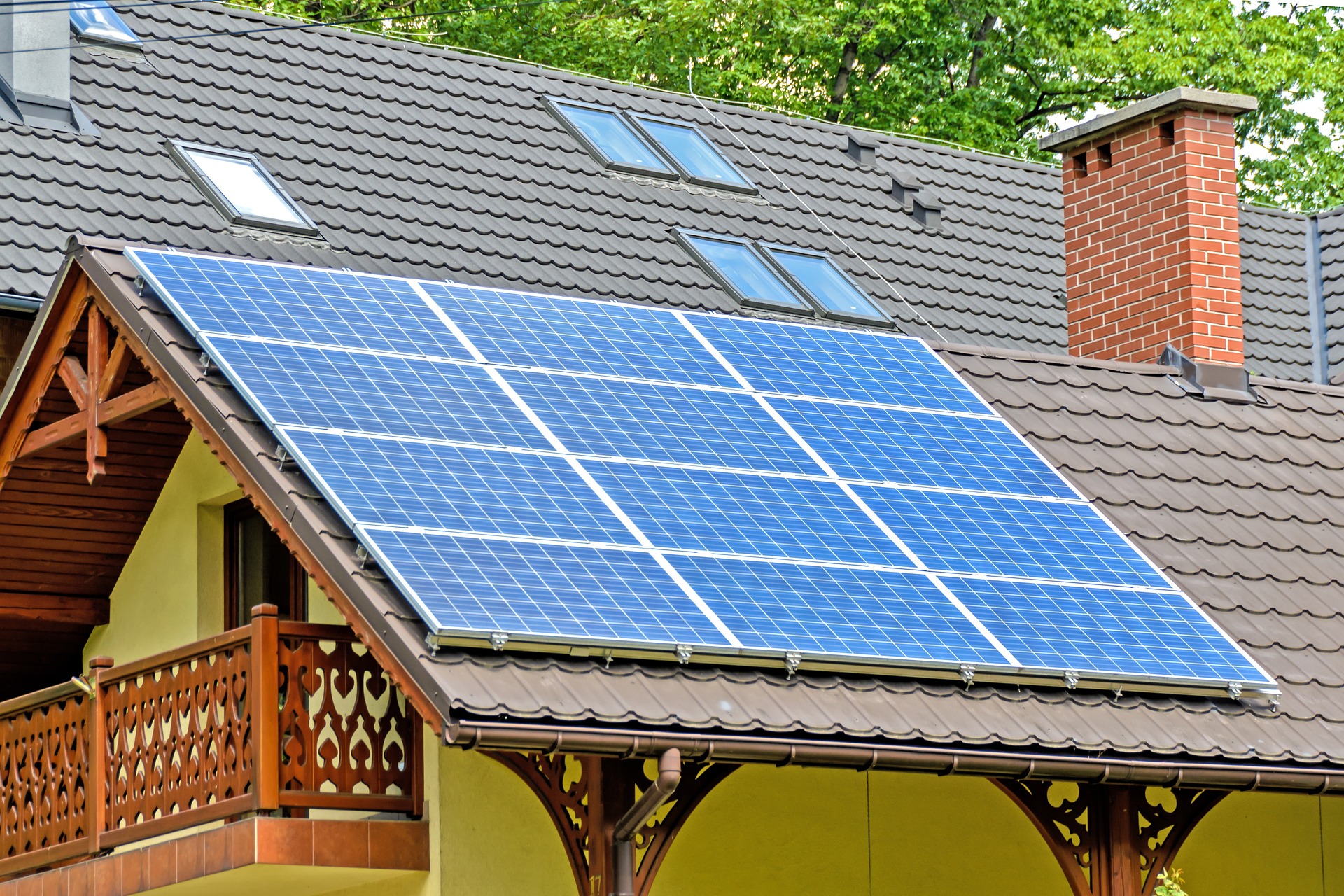Eco houses are purpose-built homes that reduce environmental impact through smarter design, materials, and systems. They combine better insulation, efficient appliances, and on-site renewable energy to cut emissions and operating costs. Whether retrofitting an older property or choosing a new build, eco houses can offer improved indoor comfort and resilience while aligning with broader sustainability goals at community and policy levels.
Renewable energy is central to reducing a home's carbon footprint. Eco houses commonly incorporate on-site generation—such as solar arrays, small wind turbines, or heat pumps—that replace or reduce reliance on fossil-fuel-based electricity and heating. Integrating renewable energy with smart meters and battery storage allows homeowners to shift consumption to times of highest self-generated supply, lowering bills and stabilizing grid demand. For neighborhoods, aggregating renewable systems can support microgrids and resilience, especially when paired with energy-efficient designs that reduce overall demand.

How do solar panels integrate into modern homes?
Solar panels are one of the most accessible renewable technologies for eco houses. Panels mounted on roofs or integrated into façades convert sunlight to electricity that can power lighting, appliances, and electric heating. When combined with a battery, solar systems can store surplus generation for evening use or provide backup during outages. Proper system sizing, roof orientation, shading analysis, and inverter choice affect performance; energy-efficient homes require smaller arrays to meet needs. Many installers also offer monitoring tools so occupants can see real-time production and optimize usage patterns.
Can modular construction speed up eco house delivery?
Modular construction—building repeatable components off-site and assembling them on-site—offers time, waste, and quality advantages for eco houses. Controlled factory conditions can improve quality control for insulation, airtightness, and precision-fit assemblies that support energy-efficient performance. Modular methods often reduce construction waste and can shorten on-site disruption, which is attractive in urban infill projects. While transportation and crane requirements matter, modular approaches can make advanced assemblies, integrated renewable mounts, and pre-installed mechanical systems easier to deliver consistently across multiple units or communities.
What does net zero mean for a home?
Net zero describes a home whose annual delivered energy consumption is balanced by on-site or off-site renewable energy production. For many eco houses this means combining rigorous energy-efficient measures—high-performance insulation, airtightness, and efficient HVAC—with technologies like solar panels and sometimes seasonal thermal storage. Achieving net zero usually requires a whole-house approach: reducing demand first, then meeting remaining needs with low-carbon energy. Certification programs and modeling tools exist to measure progress; however, local climate, grid carbon intensity, and occupants’ behavior all influence whether a specific home attains net-zero status.
How do energy efficient designs reduce environmental impact?
Energy efficient design reduces the energy required for heating, cooling, lighting, and hot water through passive and active strategies. Passive measures include orientation to maximize solar gain, high levels of insulation, thermal mass, and natural ventilation. Active measures include efficient heat pumps, LED lighting, and smart controls that limit standby consumption. Together these reduce peak loads and total energy use, making it easier and less costly to meet remaining demand with renewable energy. Attention to materials—low-embodied-carbon choices and durable construction—further decreases lifecycle impacts.
Conclusion
Eco houses are practical pathways toward lower emissions and more resilient living environments. By combining renewable energy, thoughtfully placed solar panels, efficient building envelopes, and modern construction methods like modular construction, homeowners and communities can move toward net zero outcomes while improving comfort and reducing operational costs. The most effective projects pair demand reduction with clean on-site generation and consider local climate, supply chains, and available local services to deliver measurable environmental and social benefits.




